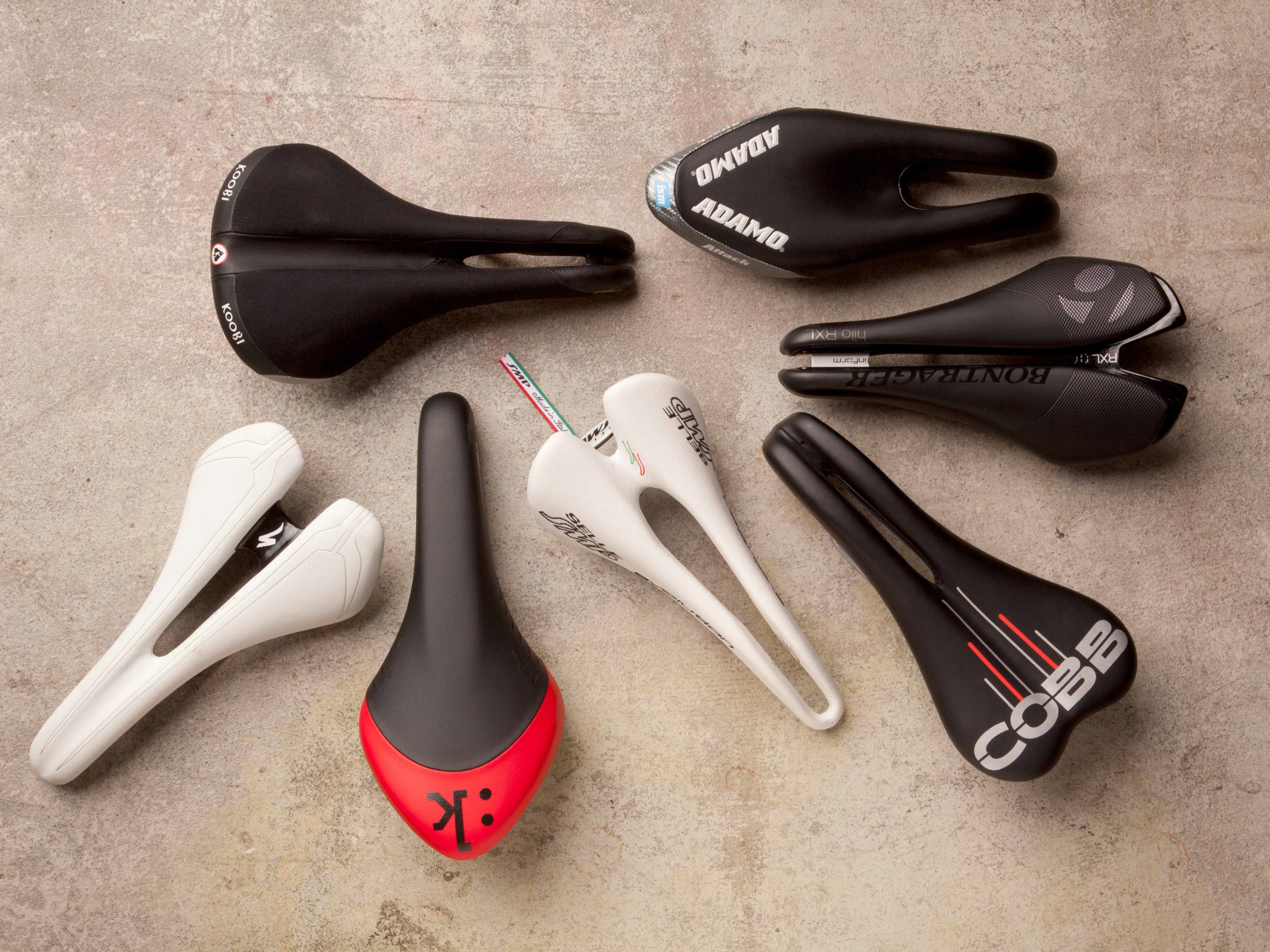A New Solution for Saddle Discomfort on the Bike

Photo: John David Becker
New scanning technology may take the guesswork out of your saddle discomfort.
Finding comfort while resting your weight for hours on a hard plastic shell wrapped in thin foam is tricky. If you’ve struggled with saddle discomfort, despite getting a fit and trying many different saddles, a new generation of bike fit technology might provide the missing key.
Long used in the fitment of wheelchairs and other medical applications, pressure scanners use a thin film laced with sensors to record pressure at every point between two surfaces. GebioMized, a German company, makes cycling-specific systems that can analyze saddle, foot and arm pressure on the bike.
How can this technology help you ride better and in greater comfort? It allows a qualified fitter to see exactly what the rider is experiencing —but often cannot verbalize—at the contact point. In the right hands, it is a powerful tool. For those who have chronic saddle issues that proper positioning alone has not solved, there is significant hope that your problem can be resolved with the help of a well-trained technician and pressure scanning. Using this technology has crystalized a few ways anyone can maximize saddle comfort, even without being fit using the system.
Key 1: Position is king
Changes to any aspect of fit, even those seemingly unconnected to the saddle, can dramatically change saddle pressure. If you are struggling with saddle discomfort, start by nailing your position before spending money on a new seat.
Key 2: Some pressure is good
Weight has to be supported somewhere. Pressure scanning has confirmed what many riders have learned through trial and error: finding a saddle that contacts the sit bones is a key to comfort. While some riders experience soreness after switching from a road-specific to a tri-specific saddle such as the ISM Adamo or Dash Stage.7, initial discomfort or even pain on those solid structures (instead of on the softer bits) bodes well for long-term comfort.
Key 3: Sit still
Many riders with ineffective bike fits tend to scoot forward on the saddle to find hip comfort. While this is a decent solution for some problems, it accentuates saddle issues by causing the rider to squirm back and forth on the saddle. Pressure scanning has proven that riding on the tip of some saddles removes almost all pressure from the sit bones in the pelvis that should be supporting the rider, which leads to an unstable pelvis and undercarriage discomfort in many riders. Find a saddle you can ride without rocking.
Key 4: Muscle imbalances impact saddle comfort
Uneven strength is widely known to contribute to all kinds of injuries in all three sports, and the GibioMized system has shown that muscle imbalances can also be responsible for saddle discomfort. Hip misalignment in some riders causes saddle sores and general discomfort. If you have seemingly incurable saddle problems, the surrounding muscles may be to blame.
While these guidelines can help, there is no substitute for a fit, and this tool can take the guesswork out of whether a change in set-up is making a difference. A small but growing list of fitters who have pressure-scanning systems in the U.S. can be found at GebioMized.de. Choose the technician over the technology—finding the right person to interpret the data is key.
Ian Buchanan is co-owner of Fit Werx (Fitwerx.com).
RELATED:
– Prepare For Your Bike Fit
– Balancing Aerodynamics And Power In Your Bike Fit
– Bike Fit Fixes
– Adding Clip-On Aerobars To Your Road Bike
– Seven Tips To Get Comfortable In The Aero Position
Follow Triathlete on Twitter @Triathletemag for inspiration, new workout ideas, gear reviews from our editors and more.